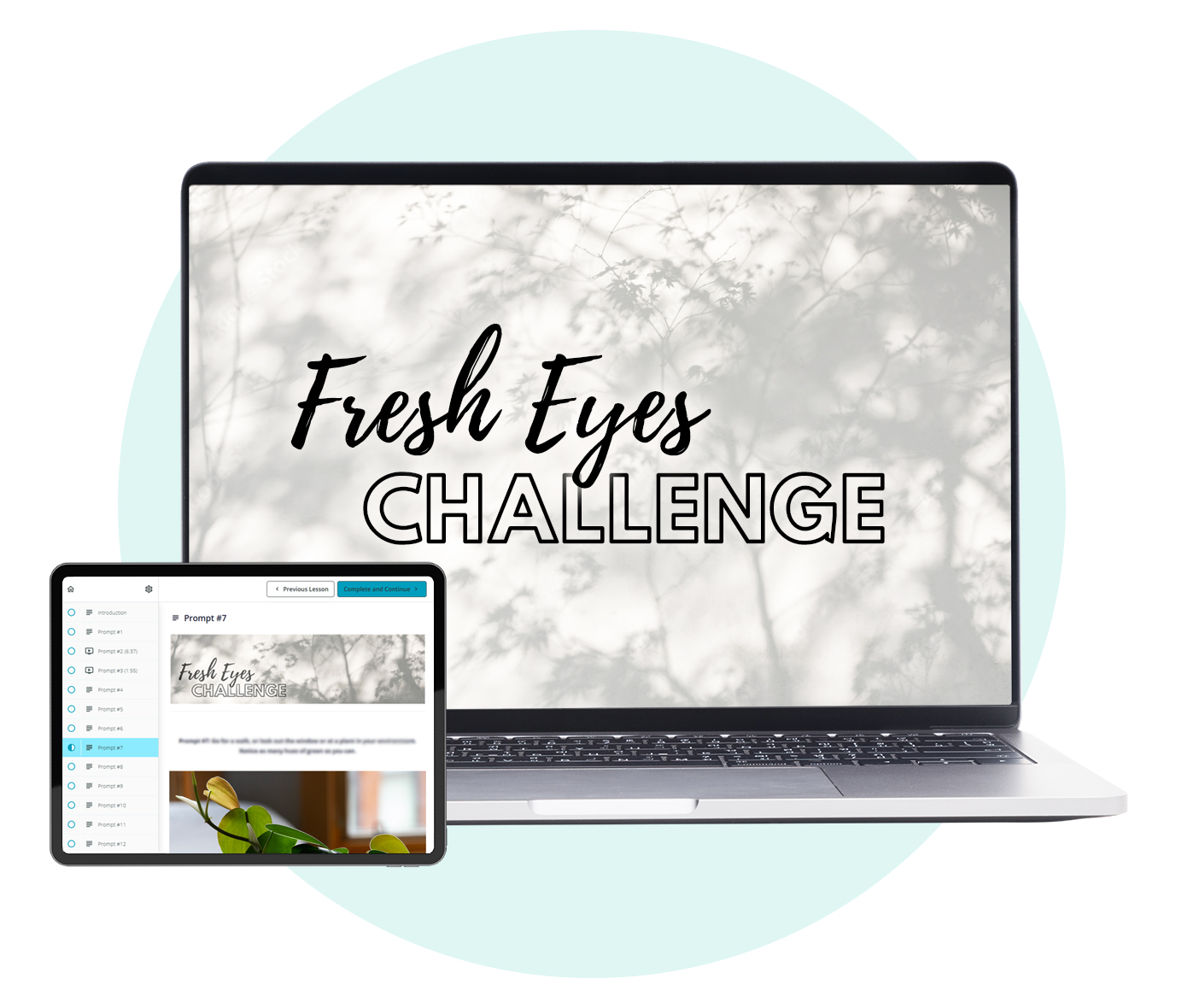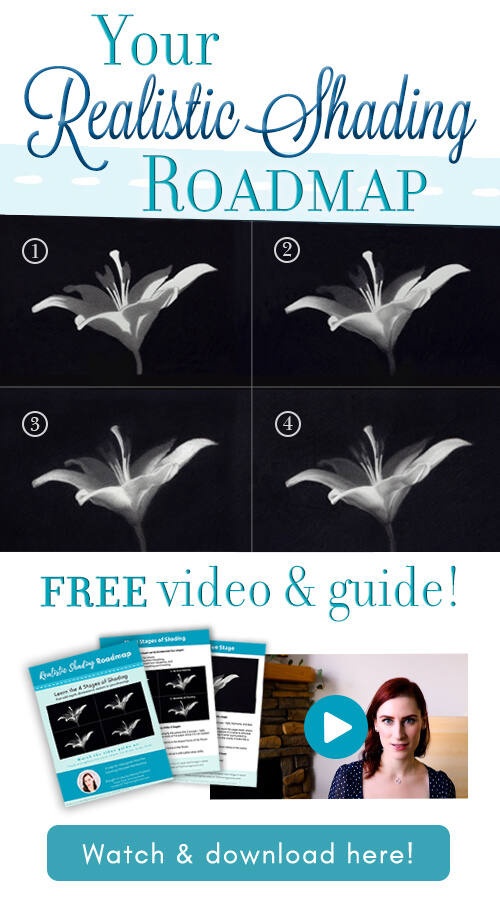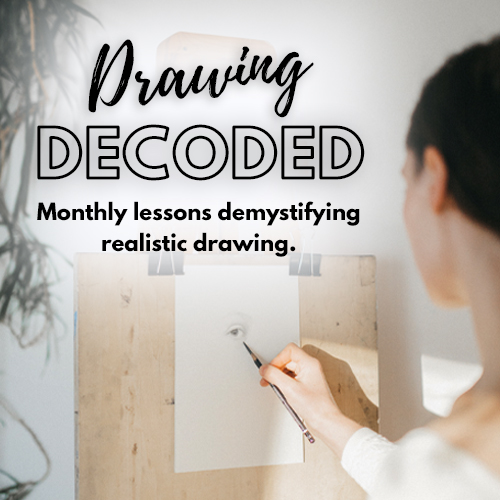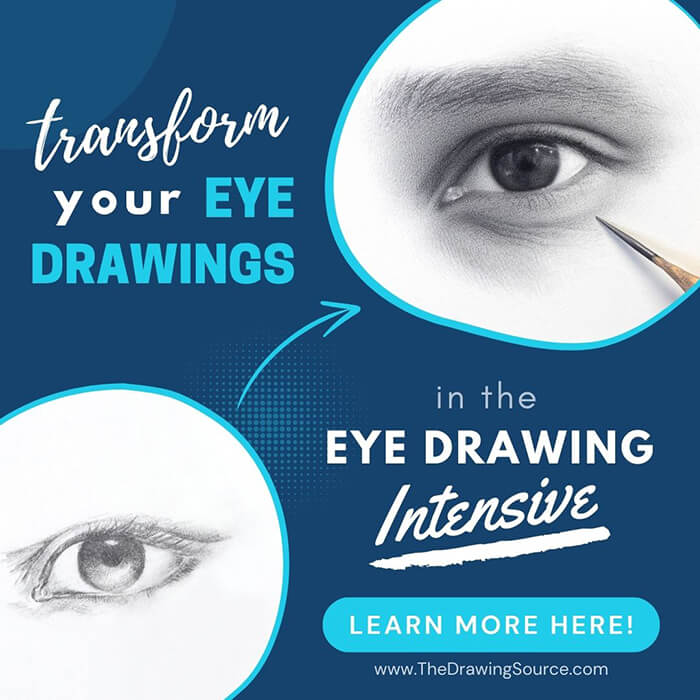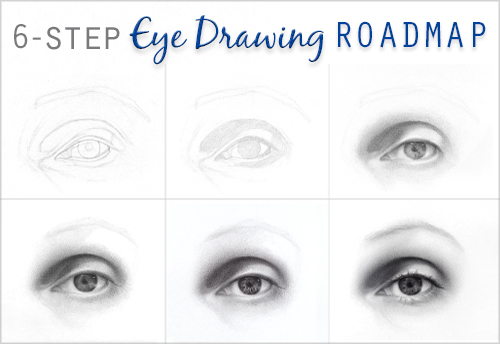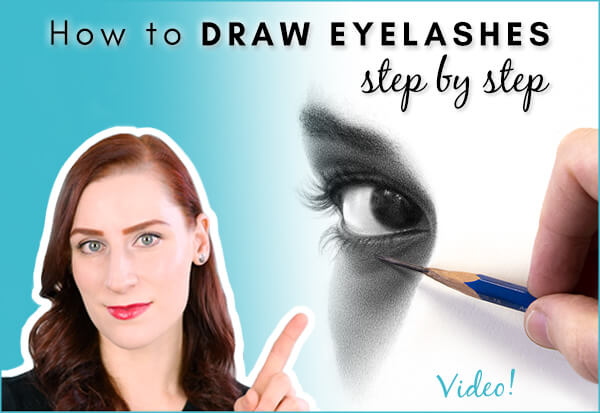- Home
- Learning to See
Drawing from Life:
Beginning with Observation
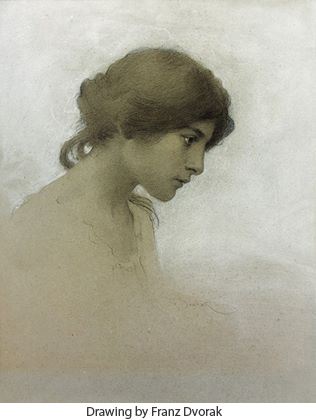
When we discuss drawing from life, or
observational drawing, we tend to talk about techniques, materials, and
the like: everything to do with the physical act of drawing.
But drawing begins before we even pick up a pencil!
It begins when we give ourselves the time and space to observe our
subject, and find the shapes, forms, gradations, and subtleties that
fascinate us.
As Henry David Thoreau said, "It's not what you look at that matters, it's what you see."
So much of drawing from life is learning to
see in new ways, noticing that which you previously had not, and finding
something that fascinates you in everything you observe.
Of course, the more sensitively you are able to observe, the more believable and accurate your drawings will be, also. But even more importantly:
When drawing from life, observation is the visual artist's source of inspiration. The more sensitively you can observe, the more inspired you can become by everything around you.
Learning to observe can completely change your experience (and result) of observational drawing.
An Experiment in Observation and Memory
If you were to close your eyes and picture
in your mind the room that you're in at the moment, how accurate would
you be? (Go on, try it!)
- How many objects did you forget?
- How many did you remember, but were unable to picture clearly?
- Did you remember how the room was lit?
- Specific colors?
- The spacing between objects?
Especially if this is a room that you
frequently occupy, this can be an eye-opening exercise,
bringing
awareness to how little we actually "see" when we look around.
The Difference Between Looking and Seeing
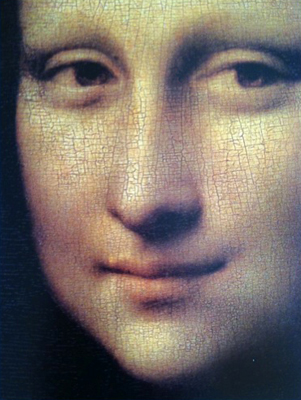
Leonardo da Vinci believed that "saper vedere", or knowing how
to see, was crucial not only to create art but to live all aspects of
life fully.
I would have to agree. In our everyday lives, we often look at the world in a fairly superficial way.
As shown in the exercise above, scanning a room you walk into results in a very vague awareness of our surroundings.
What we look at in this way does not stay in our memory, and we cannot describe it in great detail.
I think of it as very practical, "basic
survival" looking: the kind of looking we use so that we don't crash
into our surroundings! In this mode of looking, we acknowledge that something is there, but beyond that, the qualities of what is there are unimportant.
While this kind of observation serves its purpose and is necessary in
our lives, it has its limits, and is too general to be useful for
observational drawing. When drawing from life,
To have a chance at honestly depicting a subject, we cannot just look at it.
We have to see it. Seeing means visually experiencing a subject.
Getting to know it intimately on a visual level.
We are able to see our subject when we not only bring our eyes to it, but our full attention and awareness as well. When we do this, we give the subject an opportunity to make an
impression on us, to affect us. Only then can it enter our memory in a
lasting way.
This is key, because...
All drawing is memory drawing.
Even when drawing from observation, there is always a moment when you look away from your subject to make a mark on your paper. In that moment you do not draw what you see, you draw what you remember.
The good news is that once we learn to see, not just look, we can learn to switch modes from looking to seeing, as we please:
Transform Your Vision
with the Fresh Eyes Challenge
Transform how you see the world through quick, daily observation prompts over 30 days!
In this
30-day challenge, we’ll take on quick, daily observation exercises —
simple yet powerful prompts to help us notice the world in new and more
insightful ways. These
exercises are calming, surprising, and enjoyable. They offer a
meditative moment each day to deepen your connection to your
surroundings, spark your creative vision, and, in time, enrich your
drawing skills too.
In this challenge, you’ll:
- Develop a keen eye for detail
- Rediscover a childlike wonder as you uncover hidden beauty in overlooked places
- Find fresh inspiration for your creative work
- Improve your drawings by learning to look more sensitively
- Enrich your entire experience of sight — enjoy a richer, deeper visual experience of truly seeing rather than just looking
Comments about the Fresh Eyes Challenge:
"I’m
better able to bring creative thinking into the work that I’m doing, because I’m
really trying to follow the Fresh Eyes prompts. I find them so valuable in
helping me slow down, really look at what is around me, look at things in
different ways, and notice things I wouldn’t normally think about looking at. The
prompts are fun, and very productive exercises for me."
-Helen G., Creative Drawing Studio member
I hope to see you there,

You may also be interested in ...
Return to the Homepage from Drawing from Life
